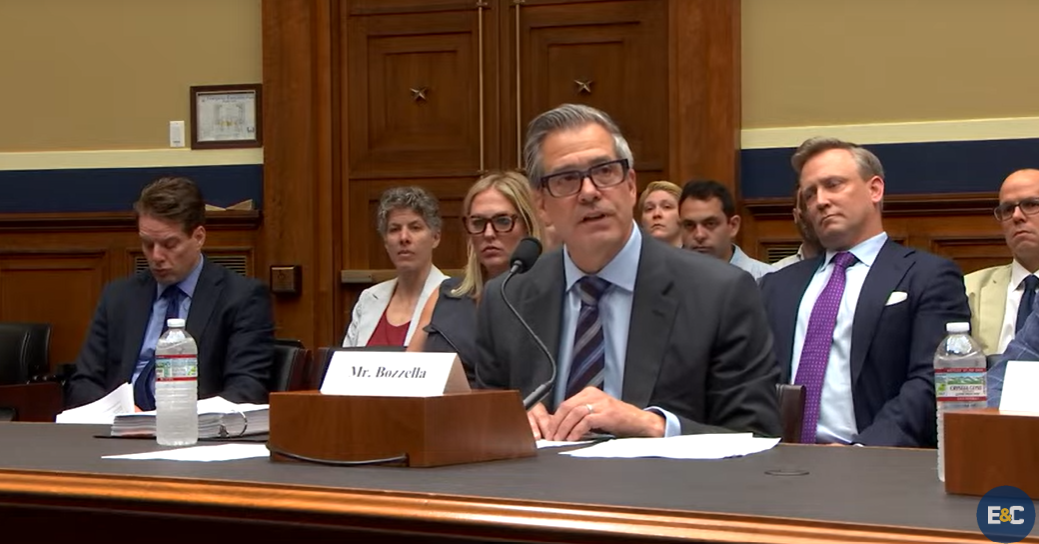NHTSA Under Fire: Automakers, Tech Giants, and Insurers Demand Urgent Modernisation

NHTSA Faces Scrutiny as Industry Leaders Call for Overhaul
Canberra, Australia – A recent Congressional hearing saw a united front from automakers, technology companies, and insurance organisations, all voicing concerns about the National Highway Traffic Safety Administration’s (NHTSA) ability to keep pace with the rapidly evolving automotive landscape. The hearing, held Thursday, highlighted a persistent theme: NHTSA needs significant modernisation to effectively regulate the vehicles of today and the future.
The Core of the Issue: A Lagging Regulator
The crux of the matter lies in NHTSA's perceived slowness to adapt to advancements in vehicle technology. From the rise of electric vehicles (EVs) and autonomous driving systems to the increasing complexity of vehicle safety features, NHTSA’s regulatory framework is struggling to keep up. This lag creates uncertainty for manufacturers, potentially hindering innovation, and more importantly, could compromise road safety.
Testimony Highlights: Key Concerns Raised
Testifying before the Congressional Committee, representatives from leading automotive manufacturers stressed the need for NHTSA to adopt a more proactive and data-driven approach. They argued that current regulations are often reactive, responding to incidents rather than anticipating potential safety risks. Technology companies, specializing in advanced driver-assistance systems (ADAS) and autonomous vehicle technology, echoed these concerns, highlighting the need for clearer guidelines and standardised testing procedures.
Insurance organisations added another dimension to the discussion, pointing out the challenges in assessing risk and setting appropriate premiums for newer vehicle technologies. They argued that NHTSA’s outdated regulations make it difficult to accurately evaluate the safety performance of these vehicles, potentially leading to unfair pricing and reduced consumer confidence.
Specific Areas for Modernisation: What Needs to Change?
Several key areas for modernisation were identified during the hearing:
- Data Collection and Analysis: NHTSA needs to invest in more robust data collection and analysis capabilities to better understand real-world vehicle performance and identify emerging safety trends.
- Regulatory Framework for ADAS and Autonomous Vehicles: Clear, comprehensive, and adaptable regulations are needed for ADAS and autonomous vehicles, addressing issues like testing, certification, and liability.
- Cybersecurity Regulations: With vehicles becoming increasingly connected, cybersecurity is a critical concern. NHTSA needs to establish standards and guidelines to protect vehicles from hacking and malicious attacks.
- EV Safety Standards: Specific safety standards for EVs, including battery safety and high-voltage systems, are essential to ensure the safe operation of these vehicles.
- Collaboration and Communication: NHTSA needs to improve its collaboration and communication with industry stakeholders, including automakers, technology companies, and insurance organisations, to foster a more collaborative regulatory environment.
The Road Ahead: A Call for Action
The Congressional hearing served as a clear call to action for NHTSA. The message from industry leaders was unequivocal: modernisation is not optional; it’s essential for ensuring the safety of all road users. The question now is whether NHTSA will heed this call and take the necessary steps to adapt to the changing automotive landscape. Failure to do so could have serious consequences for road safety and the future of the automotive industry.
Lawmakers are now considering legislative options to compel NHTSA to accelerate its modernisation efforts. The coming months will be critical in determining the future of vehicle safety regulation in the United States.






